Extensor pollicis longus muscle
What is Extensor pollicis longus muscle?
The extensor pollicis longus muscle is a skeletal muscle that is located in the forearm. It runs from the back of the ulna and the interosseous membrane, and then it extends through the wrist and attaches to the base of the distal phalanx of the thumb. The muscle is responsible for extending the thumb and wrist joint, which means that it enables the thumb to move away from the palm of the hand and towards the back of the hand.
It is innervated by the deep branch of the radial nerve, and its blood supply is derived from the posterior interosseous artery. The extensor pollicis longus muscle is important for many hand and wrist movements, including gripping, grasping, and holding objects.
The extensor pollicis longus is one of the deep extensors of the forearm, along with the extensor pollicis brevis, abductor pollicis longus, extensor indicis, and supinator muscles. It connects the distal phalanx of the thumb on the posterior aspect of the forearm to the middle third of the ulna and the interosseous membrane that is adjacent to it.
As the name of the muscle suggests, the essential capacity of this muscle is the extension of the thumb at the metacarpophalangeal and interphalangeal joints. Also, this muscle is engaged with the wrist joint’s expansion and snatching.
Origin of Extensor pollicis longus muscle
It comes from the interosseous membrane and the middle third of the ulna.
Insertion
This muscle inserts on the base of the distal phalanx of the thumb. Specifically, it attaches to the dorsal (back) surface of the base of the distal phalanx, just distal to the interphalangeal joint of the thumb. The tendon of the muscle passes through a fibro-osseous tunnel at the wrist, known as the third extensor compartment or the extensor retinaculum, before it reaches its insertion site on the thumb. This tendon is one of the tendons that can be seen and felt on the back of the wrist, and it is an important landmark for clinical evaluation of wrist and hand function.
Relations
The deep muscle known as the extensor pollicis longus extends over the distal radioulnar joint and interosseous membrane on the posterior aspect of the forearm. The posterior interosseous artery and nerve run across the muscle’s posterior aspect and are initially deep to the extensor digitorum, abductor pollicis longus, and extensor indicis. In the distal part of the hand, the tendons of the extensor carpi radialis longus and extensor carpi radialis brevis are traversed by the relatively long tendon of the extensor pollicis longus.
When the thumb is extended, the extensor pollicis longus tendon and the extensor pollicis brevis tendon form what is known as the anatomical snuffbox at the level of the radiocarpal joint.
Nerve supply
The extensor pollicis longus muscle is innervated by the deep branch of the radial nerve, which arises from the posterior cord of the brachial plexus. The radial nerve travels down the arm and enters the forearm, where it divides into the superficial branch and the deep branch. The deep branch runs deep to the extensor muscles of the forearm and supplies motor innervation to the extensor pollicis longus muscle, as well as to several other muscles in the forearm, including the supinator, abductor pollicis longus, and extensor carpi radialis muscles. The deep branch of the radial nerve also provides sensory innervation to the dorsum (back) of the hand and thumb. Damage to the deep branch of the radial nerve can result in weakness or paralysis of the extensor pollicis longus muscle, leading to difficulty with thumb and wrist extension.
Blood supply
The anterior interosseous artery’s perforating branches and the posterior interosseous artery supply the extensor pollicis brevis with blood.
Function
The extension of the thumb at the metacarpophalangeal and interphalangeal joints is the extensor pollicis longus’s primary action. In conjunction with the extensor pollicis brevis muscle, extension occurs at the metacarpophalangeal joint. The extensor pollicis longus can also assist in the adduction of the thumb when it reaches full extension or abduction.
The extensors of the thumb may aid in the supination of the forearm as well as the extension and abduction of the wrist joint because their tendons cross the distal radioulnar joint.
Clinical relevance
Drummers palsy
Irritation or a crack of the extensor pollicis longus ligament is normally alluded to as “drummer’s loss of motion”. Overuse of the extensor pollicis longus muscle or blunt mechanical injuries to the wrist is the most common causes of this condition. Drummers, sculptors, blacksmiths, and waiters typically exhibit it. The extensor pollicis longus becomes weak as a result of this condition, resulting in an incomplete thumb extension.
Extensor pollicis longus muscle stretching
With your remaining four fingers, firmly hold onto your thumb.
Turn your wrist toward the floor while maintaining a neutral position.
Near the thumb, you’ll feel a slight stretch.
Release after 30 seconds in this position.
Three times, perform the exercise.
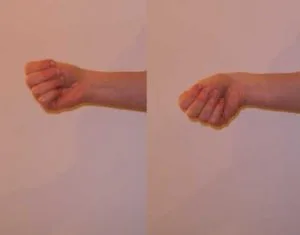
Extensor pollicis longus muscle strengthening exercise
Fold the elastic band over the entirety of your fingers, having it rest right over your knuckles. Have your elbow laying on a surface like the arm of a seat or a table.
At the point when you’re prepared, open your hand against the obstruction of the elastic band and afterward leisurely turn around into the shut finger position.
Before retracing your steps, maintain the open position for a brief time. Do three sets of 10 reps each. Switch hands with care.
FAQ
The extensor pollicis longus does what?
Function. The interphalangeal joint of the thumb’s distal phalanx is primarily hyperextended by the EPL. Additionally, it serves as accessory extensors and adductors of the proximal phalanx’s metacarpophalangeal and the first metacarpal’s carpometacarpal joints. It may also aid in the extension of the wrist joint.
How would you test extensor pollicis longus?
Thumb retropulsion and thumb tenodesis tests can be used clinically to isolate the loss of extensor pollicis longus (EPL) muscle function.
What causes pain in the extensor pollicis longus muscle?
Pain in the back of the wrist is the hallmark of extensor pollicis longus tendinitis, which can be caused by strain or inflammation of the extensor pollicis longus (EPL), one of the tendons attached to the thumb. The tendon is lubricated by a fluid released by the sheath.
What causes damage to the extensor pollicis longus tendon?
Rheumatoid arthritis, wrist fractures, systemic or local steroids, and repetitive or excessive abnormal motion of the wrist joint are all risk factors for an extensor pollicis longus (EPL) tendon rupture on its own.
How can EPL be made stronger?
Pull your thumb back in the manner depicted in the image by grasping it with your other hand. Keep your thumb still for twenty seconds. Five times, perform exercises in passive extension. Depending on pain, swelling, and stiffness, repeat every two to one hour.

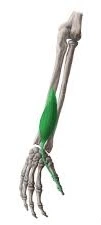
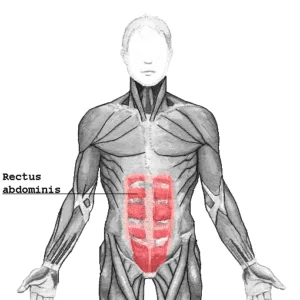
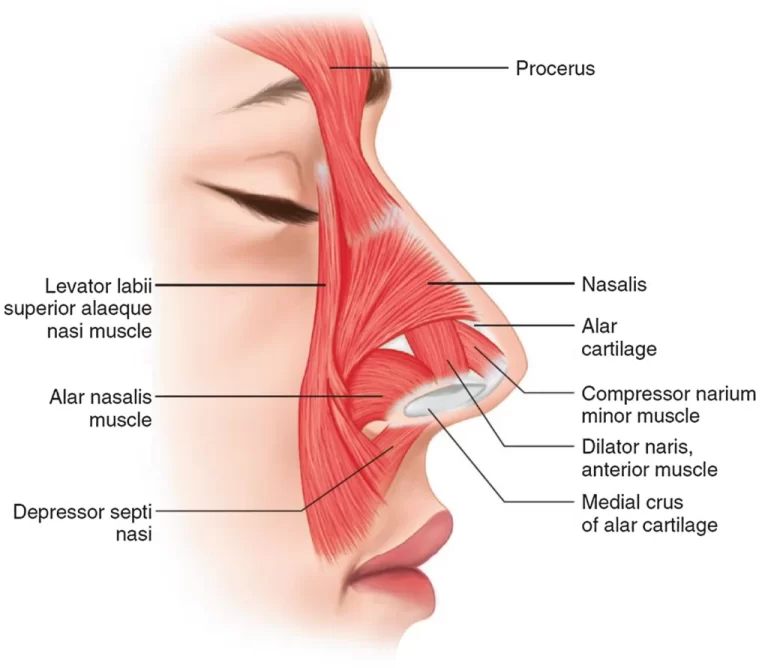

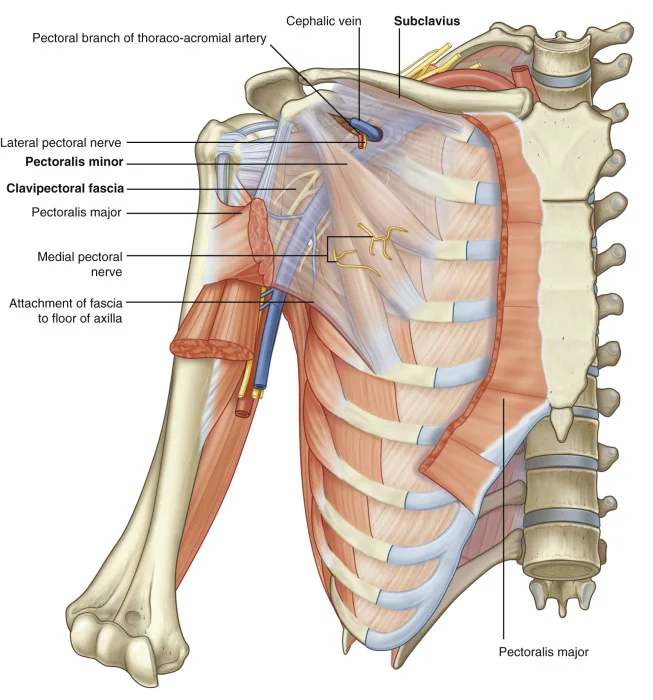


3 Comments